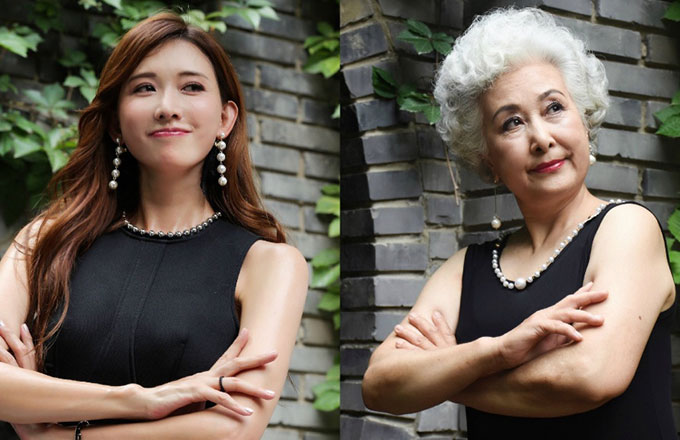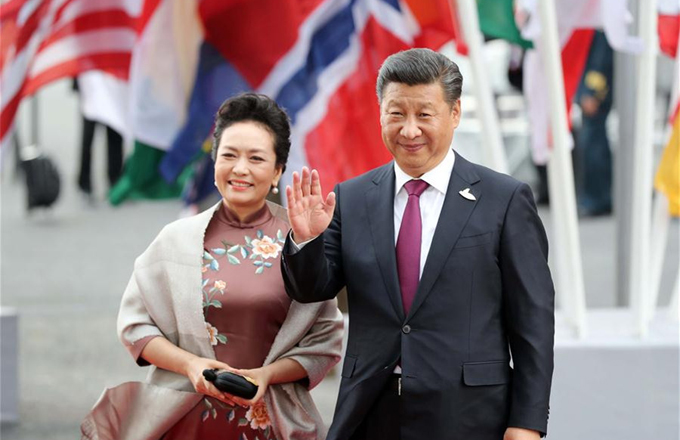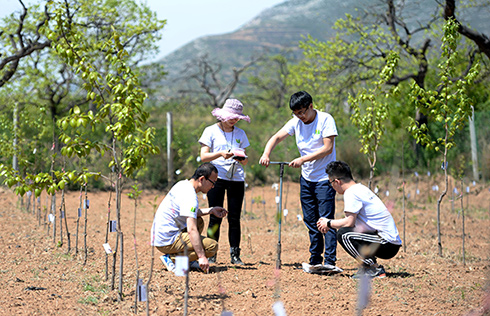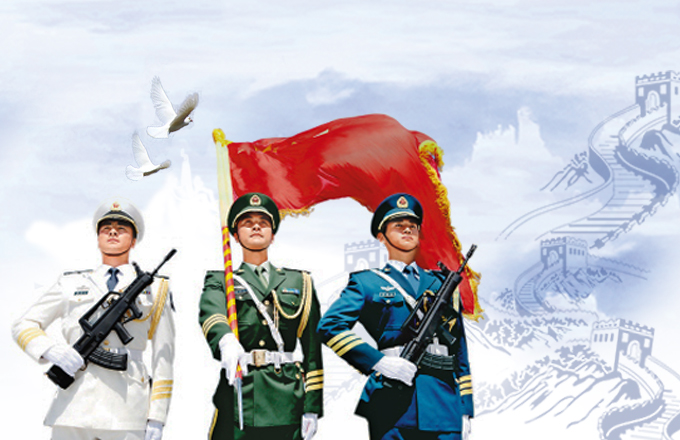Dwarkanath Kotnis
No single Indian has been more revered by ordinary Chinese than a doctor from a middle class family in northern India.
On the day when the Chinese pay respect to their ancestors, the grave of this doctor on the plains of North China is covered with flowers donated by the local Chinese.
Early last week, as honored guests, the doctor's extended family comprising 11 members of three generations, arrived in Beijing to join the national commemoration of the 60th anniversary of victory in the War of Resistance against Japanese Aggression (1937-45).
On September 4, the family stood before his grave in North China Martyrs' Memorial Cemetery, Hebei Province. The family also toured Shijiazhuang early this week and visited the Dr Bethune International Peace Hospital, where Kotnis once served as its director.
In exclusive interviews with China Daily in Beijing and Shanghai, the family members shared their memories of the doctor, not only as a hero but also as a loved brother, husband and an adventurous young man.
Dr Dwarkanath Kotnis was born to a doctors' family in Sholapur, Maharashtra in 1910. He had two brothers and five sisters. He studied medicine at the medical college of the University of Bombay in the early 1930s.
"He was very young when he left home. He had just graduated from medical school and was doing his post-graduation internship," recalled his sister Manorama Kotnis.
"He wanted to travel around the world and to practice medicine at different places. His first stop was Viet Nam, and then further away, Singapore and Brunei. Finally he went to Hong Kong," she said.
From every place he stayed the young doctor wrote home letters.
"He sounded very happy in the letters. People used to come to thank him for his help. He was telling the good part," said the sister.
In 1937, after the breakout of the War of Resistance against Japanese Aggression, the young doctor wrote a letter home and mentioned a team of physicians being sent by the Indian Government to China. He asked his family what they thought about him joining it.
"Most members of the family knew little about China at that time. We only knew that people used to come and sell Chinese silk," said the sister.
She and Vatsala Kotnis, the youngest sister, said they were in their teen years at the time and thought what he was going to do was great.
"But mother was very sad because he was going that far and China was in a war situation," she added.
The son promised his mother in a second letter that he would be away for just one year, and his father persuaded her to "let him go and help people," Manorama quoted their father as saying.
In 1938, a medical team of five doctors (M. Atal, M. Cholkar, Kotnis, B.K. Basu and D. Mukerji) was dispatched as the Indian Medical Mission Team.
All, except Dr Kotnis, returned to India safely.
Dr Kotnis stayed on in China working in mobile clinics to treat wounded soldiers. He was eventually appointed as director of the Dr Bethune International Peace Hospital built by the Eighth Route Army, led by the Communist Party of China on the plains of North China.
"Every place he went in China, he described it in detail in his letters home. The whole family found them to be great fun because what he described was so different from our life," said Vatsala Kotnis.
But for one-and-a-half years before his death in 1942, the family received no letters from the young man.
"We were very stressed, and wrote to both the Indian and the Chinese governments for their help to find him. And all of a sudden this letter came to inform us of his death," said Manorama Kotnis.
The letter from Zhou Enlai and Commander Zhu De explained how he died of a sudden seizure and what he had done for thousands of wounded soldiers.




















